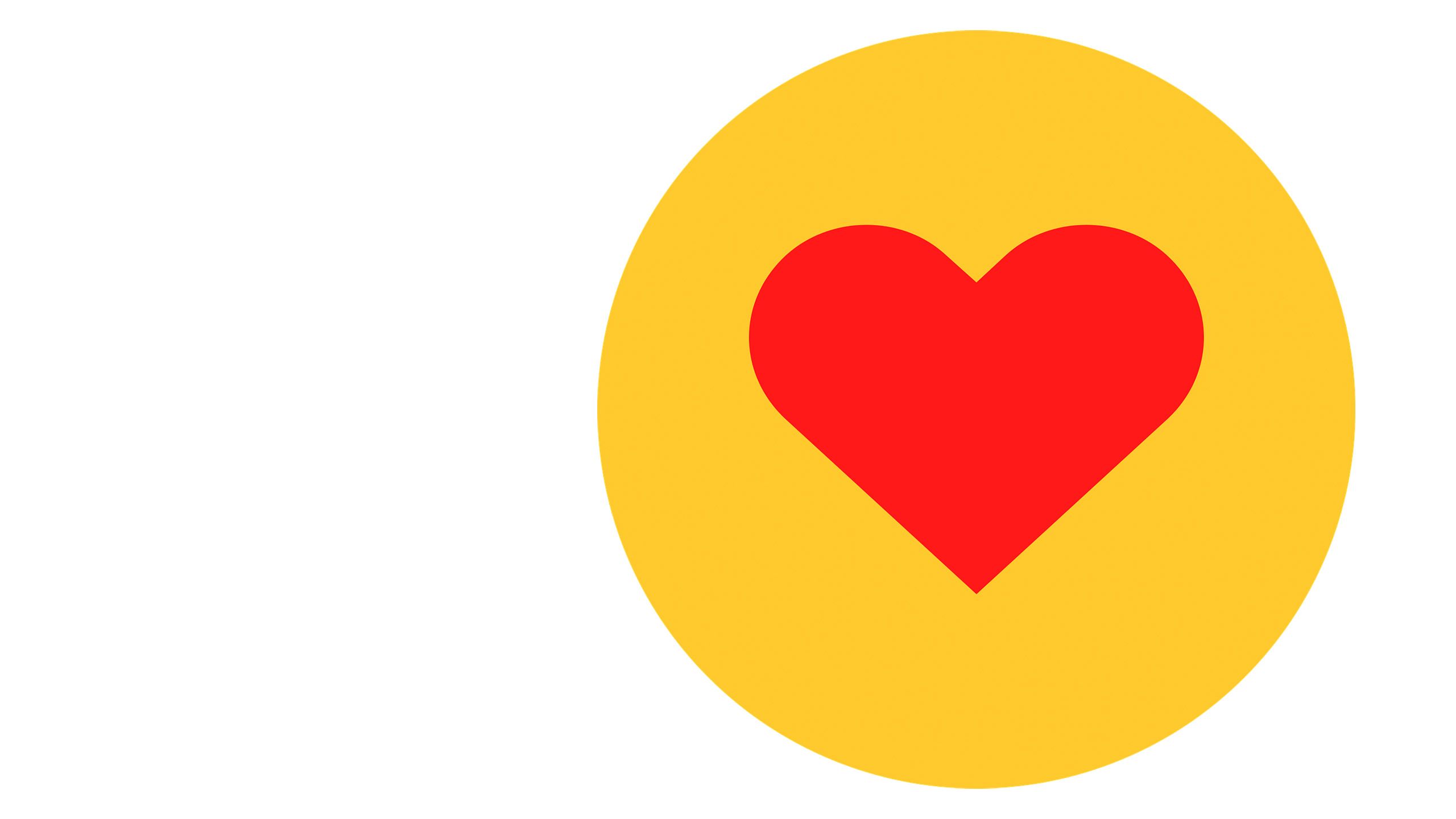Marketing to the next generation
Brand. Storytelling. Social media. AI. What do modern marketers need to consider in a rapidly changing world?

‘Part of the strategy was to just stay alive,’ says Jack Watts (TC 2006) of the initial plan behind the full-service marketing and communications agency he started with his brother amid the fallout from the Global Financial Crisis.
When Bastion Agency was formed, neither Jack nor Fergus had any real experience in the field, but Fergus had once done an internship at a creative agency.
Fast forward to today, and the wryly named Bastion Agency is one of the largest marketing and communications agencies to come out of Australia, with 350 staff working across nine cities in three countries.
Jack Watts (TC 2006)
Jack Watts (TC 2006)
Given their lack of experience, the brothers had embarked on a simple strategy: listen to the client and give them what they wanted. When they noticed several clients were asking about public relations, for example, they responded by buying a PR agency, and have since made 15 mid-to-large-scale acquisitions to build a 360-degree service offering – from market research to website design, to reputation management.
While supplying what the client wants remains just as central to their approach today, Jack says that equally important is staying attuned to consumer needs, which are constantly evolving.
‘The obvious change in consumer behaviour is a long-term shift to digital media,’ says Jack, noting the rapid demise of free-to-air TV as the last true mass-market product.
‘It’s changed the way brands communicate and advertise … the media landscape is fragmented, and nothing has replaced traditional media in its entirety.’
The digital writing was certainly on the wall when Alicia Tan (TCFS 1999) stepped into the role of editor at CLEO in Singapore in 2013, where she spearheaded the magazine’s digital strategy, including its foray into social media and Instagram. She bucked the then-trend of taking a magazine and simply displaying it on an iPad, realising the digital natives who consumed the women’s magazine were tech-savvy and wanted access to immediate and interactive content.
‘We need to give [consumers] what they want because they have the power,’ Alicia says. ‘They're the ones who say, “I control when I read your magazine. I control when I shop your brand and how I want to consume the information you’re giving to me”.’
Having since worked as head of brand marketing for PUMA, Alicia is now the marketing manager for luxury skincare brand Synergie Skin, crediting Trinity with giving her the confidence to make bold career moves, after she moved to Melbourne from Singapore at just 16. She notes that rising consumer power means marketers need to produce a volume of content that was not previously required to feed content-hungry social media channels.
According to Jack, this is where artificial intelligence (AI) has an emerging role.
‘Most of our clients are wary of the copyright issues associated with AI actually producing finished work,’ he says. ‘But being able to utilise AI to take one great creative concept and proliferate that across multiple content formats probably addresses something in the top10 list of all brand marketers’ challenges today – which is, “How the hell am I going to do this at scale across all these social platforms … and do that at an appropriate cost?” ’
Alicia Tan (TCFS 1999)
Alicia Tan (TCFS 1999)
According to Jack, this is where artificial intelligence (AI) has an emerging role.
‘Most of our clients are wary of the copyright issues associated with AI actually producing finished work,’ he says.
‘But being able to utilise AI to take one great creative concept and proliferate that across multiple content formats probably addresses something in the top10 list of all brand marketers’ challenges today – which is, “How the hell am I going to do this at scale across all these social platforms … and do that at an appropriate cost?” ’
Purchasing power

The new media landscape has also seen shifts in the way people purchase. Jack uses the example of buying a car. In the past, the main goal was to get a prospective customer into a showroom for a test drive. ‘You used to walk into half a dozen dealerships, you'd interact with the dealer, you'd get information, and it would probably be a three-to-six-month sales cycle.’
These days, however, customers approach a dealership armed with knowledge and ready to buy. ‘The shortlist is not five or six cars, it's two,’ Jack says. ‘[Buyers] want to sit in the car, and they want to ask the dealer very specific questions like, “How long will this take? Could you do it like this?” The sales cycle is a lot shorter, and the sales staff have to be armed with a different set of information … you have to convert the customer much faster.’
As well as fast decision-making, consumers also expect immediacy in their dealings with an organisation and have little patience for laggy customer service.
‘[Consumers] have an expectation for fast responses and immediate access to information,’ says Alicia.
‘It could be a case of, “I’m going to buy from this brand because they answered my query”, or “They haven’t responded to my questions so I’m going to find another brand”.’
Aligning values

Speed, however, isn’t the whole story, with brand ‘values’ playing an increasingly vital role in people’s buying decisions.
‘Brands are accepting that people have really changed their purchase behaviour, and people will support you when you align with their social, environmental and personal life values,’ says Alicia.
‘I think that’s what our consumers really want now – they want to feel heard and listened to, and that's why we are always talking about community.'
‘How do we build platforms for them to be able to share their reviews or share their testimonials? And community building goes back to authenticity, because a brand can pay an influencer to say X, Y and Z about a brand but, at end of the day, I want to listen to what my community and people that I trust, my peers, are recommending to me.’
Today, a strong brand usually requires strong environmental, social, and governance (ESG) credentials to meet the modern customer expectation that organisations will act responsibly.
‘It’s sort of a minimum threshold that [consumers] need to be able to see that the brand or business they are buying from has an investment in the space that meets their own ideological value set,’ says Jack.
Alicia adds: ‘Digital natives are so action-oriented – they are the generation that’s going to go out there and fight for what they believe in … They don’t just take things at face value, which is why I feel like brand values are really, really important.’
Building a brand

Given that consumers can form a detailed opinion of a brand or product before – or without ever – setting foot in a showroom or shop, a strong brand is imperative.
‘Brand is critical to long-term business growth – you can’t get away with not investing in it,’ says Jack.
‘You need to have a great strategy and be really distinctive about the way you present your brand to market so customers can very quickly understand who you are, what you stand for, what you sell and why.’
Brand is much more than a logo on a notepad and pen, however, encompassing things such as tone of voice, market position, consistent colour schemes and company personality, whether that is via a website, social media post or internal staff email, and requires hardline consistency.
‘Your brand is all about perception,’ says Alicia. ‘It's not what you say it is, it's actually what people think you are… and it's all about cohesiveness and matching everything you put out verbally and visually.’
According to Jack, a solid brand also requires distinctiveness.
‘Investing in distinctiveness, where it's clear to your customer what you do, why you do it, why that's different from the competitor and why they should buy from you instead is always my number one piece of advice,’ he says.
He notes that distinctiveness does not necessarily equate to personality and storytelling, which is becoming increasingly prominent in organisational content, but could be as simple as always claiming to have the lowest price, à la Chemist Warehouse or Bunnings. Or it could be around higher order values, as is the case for brands such as Patagonia and Microsoft, which strive to make major societal impacts.
A force for good

For Mallika Bajaj (TC 2007), who founded media and communications company Little Yellow Beetle and is director and CEO of Indian e-learning company Ballistic Learning, the idea of creating societal impact is at the core of what she does via digital media.
Mallika, who was named one of the 100 most powerful chief marketing officers (CMOs) in Asia, started Little Yellow Beetle to help her home country of India improve communications, after realising the country fell behind when compared to Australia and the UK, where she had studied and worked.
‘India is a great country, but [organisations] would be sent communications or emails, and it would take forever [for them] to respond,’ she observes, prompting her to ask, ‘Why can’t we communicate better?’
Like Jack, she started a full-service media company to help clients build robust and cohesive communications strategies.
This work led her to take over Ballistic Learning, where she is driven by a desire to provide access to information for people across India, including ‘the last child in the most remote village’.
In this sense, she is interested in showing people what media and communications can teach them, rather than having people being used by media and communications.
‘Because we're connected by mobiles all the time, so many of us are now being consumed by our media,’ she laments. ‘I want to empower people through communications.’
Employing the concept of digital transformation, Mallika’s projects have included building a healthcare platform that provides ‘accessible anywhere’ healthcare, so that people in regional and remote areas of India don’t need to travel to a city when they are sick, or so women can speak with a female doctor should they wish, even if there are none working in their town or village.
Mallika says that even this type of ‘product’ requires applying the same logic as any other form of marketing.
‘You need to really understand who your audience is,’ she says.
‘We help our clients with the identification of their audience, the niche of their audience, the expertise of their audience, the capacity of their audience.’ And everything else stems from that.
‘Communication is the reason communities have been formed and is how the world is going to move forward, except that it's now digital … and we shouldn't be scared,’ says Mallika.
Mallika Bajaj (TC 2007)
Mallika Bajaj (TC 2007)
‘We are on a very beautiful cusp at this point because I think the world is now recognising that there's so much more you can do with digital communications and technology, especially with AI coming through, and people are more prepared, they're more curious, and we are happy to teach them how it can help them.’
READ NEXT STORY >>> A NEW WORLD OF WINE
<<< BACK TO CONTENTS






